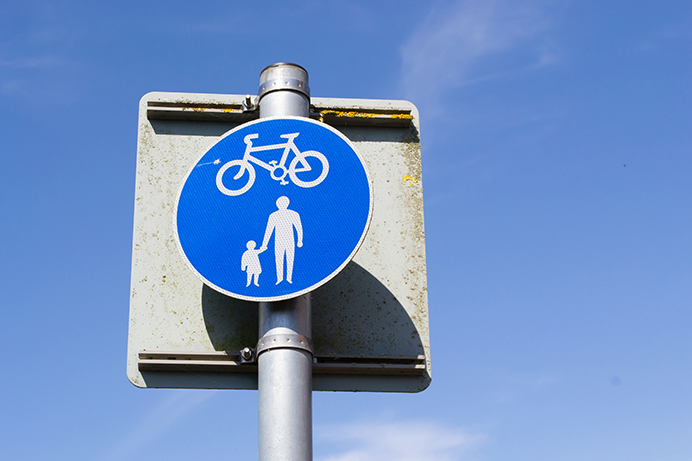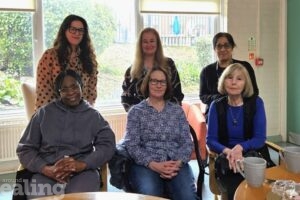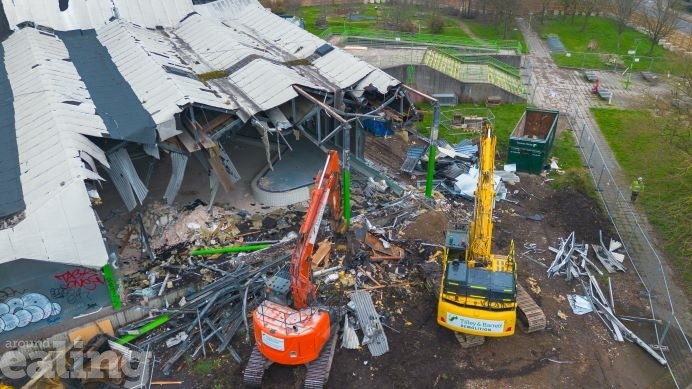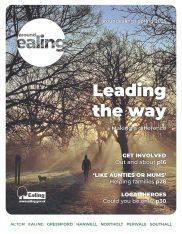Last week, our COVID-19 new cases in Ealing had doubled to 71 and we were the second highest in London with over 20 cases per 100,000 of population, reports council leader Julian Bell in his latest video update (above) .
I was concerned that we were heading towards a local lockdown and asked everyone to redouble their efforts to stop the spread of the virus.
So, the good news is that our new COVID-19 cases, in the week up to the 30 August, is 42 – that’s 12.3 cases per 100,000 of population. That’s a big drop from the 71 of the week before and puts us down to 19th highest in London but we’ve had a bank holiday weekend, so it’s possible that fewer people went for testing and that is the reason for the fall.
Be vigilant
Overall, positive cases are still rising in London and the country, so we still need to be vigilant and do everything we can to stop the spread of this deadly virus. Please social distance; wear a face covering on public transport and in shops and other enclosed spaces; keep regularly washing your hands; and get a test and self-isolate if you have any COVID-19 symptoms.
Now, before this COVID emergency, we were already facing a number of emergencies and they have not gone away.
We are facing a catastrophic climate emergency, where human activity – much of it related to vehicle emissions – is causing global temperatures to rise, polar ice caps to melt and our very existence as a human species to be put in question.
Air pollution and health
In our great capital city we are facing an air pollution crisis that is, prematurely, causing nearly 9,500 deaths every year. Much of this air pollution problem is caused by vehicle emissions of nitrogen dioxide.
We’re also facing a health crisis, with rising levels of obesity due to inactivity.
Now, one of the best solutions to all of these emergencies, in addition to the COVID-19 one we face, is active travel: We must get more people walking and cycling.
40% of our journeys in cars are for 2km or less. One of the proven ways to get more people to walk and cycle is to introduce low traffic neighbourhoods. Where they’ve been introduced in other parts of London they have reduced traffic by 15%.
Safety first
In introducing low traffic neighbourhoods, our first priority is to do this safely. That’s why we’ve consulted with all of the emergency services and continue to do so.
The bollards that we have put in – the barriers – were done so as a result of feedback from the local emergency services.
They all have standard locks that the emergency services have keys for and have been used for years. We have provided all our local emergency services with additional keys to make sure they have access.
One of the problems we are now facing is the vandalism and criminal damage of both bollards and planters that make up the barriers. This is causing access problems for our emergency services and endangering residents’ lives.
We are also seeing dangerous and irresponsible driving by motorists, who are going on to the pavement to avoid the barriers and putting pedestrians, particularly children, at risk of serious injury.
This has to stop.
We need to let this experiment get under way and use the next six months of statutory consultation to get everyone’s response to this bold attempt to address the COVID, climate, air pollution and health emergencies that we all face.








